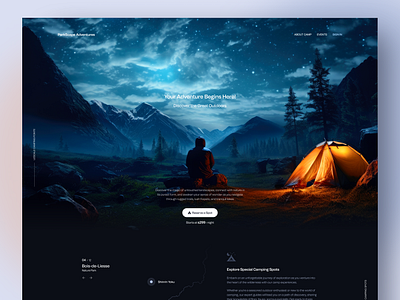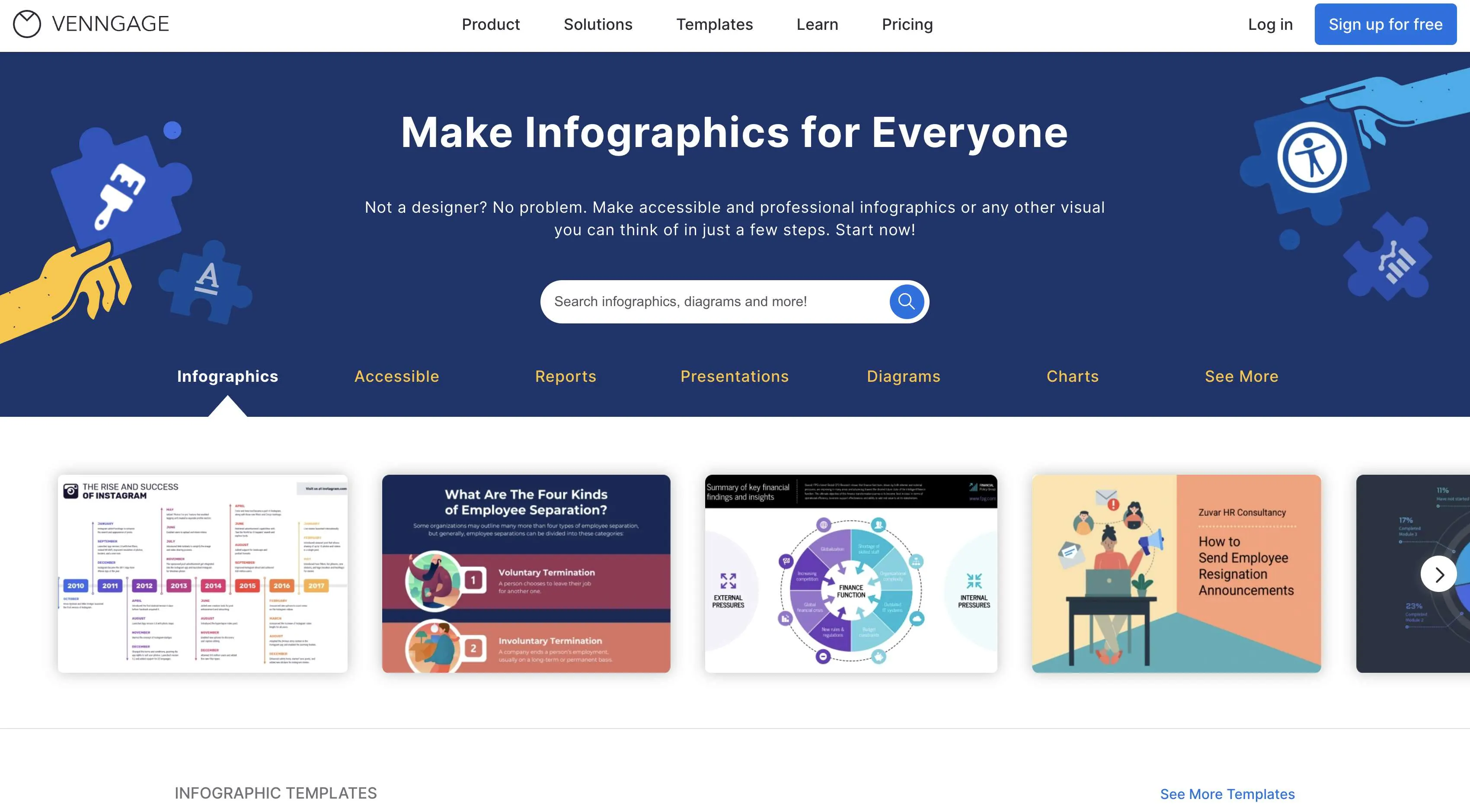The Role of Responsive Web Design in Reaching a Broader Audience
The Role of Responsive Web Design in Reaching a Broader Audience
Blog Article
Exactly How Effective Web Style Can Increase Individual Experience and Conversions
In the progressively affordable digital landscape, reliable web style plays a pivotal duty in enhancing user experience and driving conversions. By focusing on user-centric concepts, such as clear web content pecking orders and user-friendly navigation, companies can produce engaging systems that not only draw in site visitors but likewise facilitate seamless communications. As we discover the crucial elements that contribute to successful web layout, it ends up being apparent that the influence on individual satisfaction and conversion prices is extensive. Comprehending these dynamics may discover approaches that could transform how users involve with your website.
Importance of User-Centric Design
In the realm of website design, prioritizing user-centric style is paramount for producing efficient digital experiences. This strategy concentrates on understanding the demands, choices, and habits of users, making sure that digital interfaces are instinctive and available (Web design). By incorporating customer comments into the design procedure, internet designers can craft experiences that resonate with their target market, ultimately resulting in boosted engagement and contentment
User-centric layout emphasizes use, which is necessary for reducing and preserving users bounce prices. When customers can browse a site effortlessly, they are much more most likely to discover its material and transform into consumers.

Trick Components of Effective Design
Efficient format acts as the backbone of user-centric internet layout, converting customer requires right into aesthetic frameworks that assist in interaction. A well-organized design focuses on web content with a clear hierarchy, guiding users' eyes to vital information first. This hierarchy is commonly established utilizing color, spacing, and dimension, guaranteeing that critical aspects attract attention.
One more crucial element is making use of whitespace, which stops congestion and enhances readability. Web design. Whitespace allows aspects to breathe, making the overall style show up cleaner and simpler to browse. Additionally, consistency in style elements, such as font styles and colors, fosters knowledge and trust fund, making it possible for individuals to navigate the website with greater ease
Grid systems can likewise be indispensable, offering a framework that lines up web content practically and visually. This placement boosts the user experience by developing an organized visual circulation. Flexibility in format-- like receptive style-- ensures that web sites do well across numerous tools, providing to diverse individual choices.
Inevitably, an effective layout not only mesmerizes users but likewise motivates them to engage even more deeply, inevitably driving conversions and fulfilling business goals. By concentrating on these essential components, developers can produce layouts that resonate with customers and improve their overall experience.
Navigational Finest Practices
User-friendly and clear navigation is essential for boosting individual experience on a site. A well-structured navigating system allows users to locate details swiftly, which straight influences their complete satisfaction and possibility of conversion - Web design. Implementing an ordered framework is necessary; utilize categories and subcategories that logically group related content, making it less complicated for site visitors to check out
Guarantee that links, menus, and switches keep uniformity in design, shade, and placement throughout all pages, giving individuals with a familiar framework as they browse. Instead of common terms, opt for clear tags that precisely reflect the material, aiding individuals in making educated choices.

Mobile Responsiveness and Ease Of Access

Access, on the other hand, focuses on making sites usable for people with specials needs. This consists of adhering to standards such as the Internet Content Accessibility Standards (WCAG), which deal with concerns like color contrast, message dimension, and keyboard navigating. By implementing these criteria, web developers can develop comprehensive experiences that deal with a wider audience, thereby improving user involvement and complete satisfaction.
In addition, mobile responsiveness and ease of access not only enhance customer experience yet additionally positively influence online search engine positions. Internet search engine focus on mobile-friendly and accessible web sites, making them much more likely to appear in appropriate search results page. Spending in these aspects of web layout not just fulfills customer needs however additionally adds to total business success through boosted exposure and improved conversion rates.
Gauging Success With Analytics
Tracking user interactions and behaviors with analytics is important for analyzing the success of a site. By leveraging tools such as Google Analytics, companies can collect essential data that exposes how customers engage with their website. Metrics such as bounce prices, ordinary session period, and conversion rates offer understandings right into user actions and can highlight locations for improvement.
Understanding individual demographics and web traffic resources even more enhances an internet site's performance. This information allows web developers to tailor web content and design components to better meet the demands of their target audience. Additionally, see it here tracking particular user journeys assists recognize potential traffic jams in the conversion funnel, allowing organizations to optimize their web design accordingly.
Consistently reviewing this analytics information is crucial for constant improvement. A/B testing different design elements can give concrete proof of what reverberates with customers, permitting for informed decisions based on real-world performance. Ultimately, gauging success through analytics not just boosts user experience however likewise drives conversions, ensuring that website design initiatives straighten with service objectives. In an electronic landscape where competition is tough, using the power of analytics is vital to preserving a effective and easy to use site.
Verdict
To conclude, efficient website design plays a critical role in improving customer experience and driving conversions. By focusing on user-centric concepts, implementing vital design components, and ensuring intuitive navigation, sites can engage a diverse audience. Mobile responsiveness and access more contribute to a seamless communication for all users. Ultimately, determining success through analytics enables for constant enhancement, making certain that style approaches continue to be straightened with individual requirements, therefore cultivating service development and success.
In the increasingly competitive electronic landscape, efficient web layout plays an essential duty in improving individual experience and driving conversions. By incorporating user responses right into the layout process, web developers can craft experiences that resonate with their target audience, eventually leading to raised interaction and satisfaction.
Eventually, the significance of user-centric layout lies in its capacity to create significant interactions that drive conversions and foster long-term partnerships with individuals, making it an essential component of successful web layout methods.
Inevitably, measuring success with analytics not only enhances user experience however likewise drives conversions, making sure that web layout efforts straighten with company objectives.In conclusion, efficient web layout plays a pivotal function in improving user experience and driving conversions.
Report this page